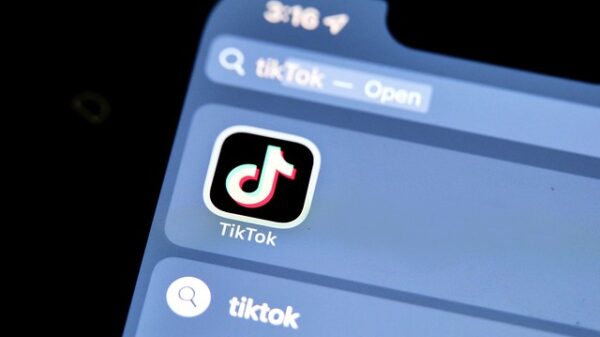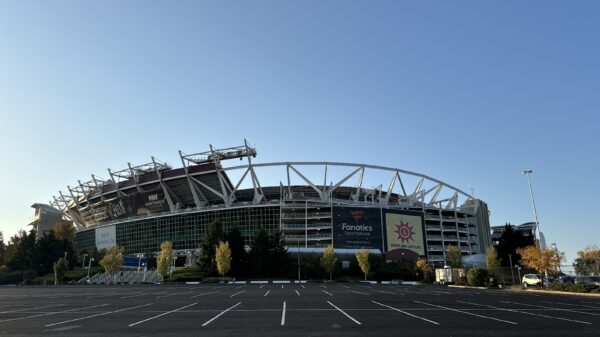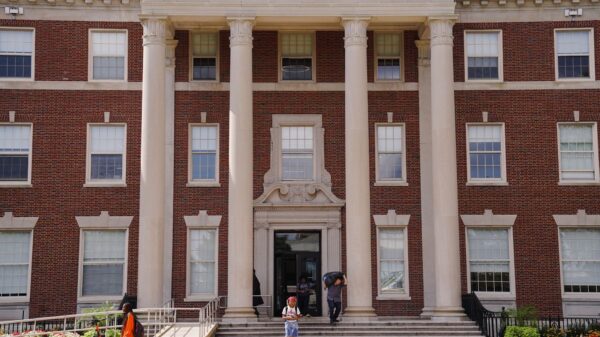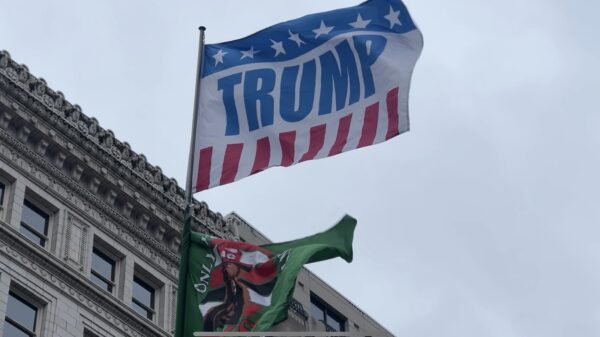
The Biden-Harris Administration recently announced its policy on student debt relief, promising that the U.S. Department of Education will provide up to $20,000 in debt cancellation for recipients of the Pell Grant and up to $10,000 in debt cancellation to non-Pell Grant recipients.
The three-phase plan seeks to help America’s working-class families recover from the impact associated with the COVID-19 pandemic, make the student loan system more manageable for working families and address the challenge of the increasing costs affiliated with attending college. President Biden’s student loan forgiveness plan also seeks to protect future students and taxpayers by reducing the cost of college and holding schools accountable when they raise prices.
Although NPR reports the debt cancellation plan will affect 43 million borrowers and target low-income borrowers, the average African American borrower needs to take out more loans to pay for higher education and has a longer repayment term compared to white borrowers. A 2016-17 report from the Department of Education revealed that on average, Black college graduates owe $25,000 more in student debt than white graduates. Moreover, according to the Education Data Initiative, four years after graduation, 48 percent of Black students owe an average of 12.5 percent more than they borrowed.
Lodriguez Murray, the Senior Vice President of Public Policy and Government Affairs for the United Negro College Fund (UNCF), believes the student debt cancellation plan can be particularly beneficial for students and graduates of Historically Black Colleges and Universities (HBCUs).
“We see an administration doing something that’s never been done, which is view an issue that impacts millions of Americans through the lens of equity. The administration listened to the policy advocacy efforts of the UNCF and others about the importance of debt relief for Pell Grant recipients, who comprise 70-75 percent of all HBCU students,” Murray said. “This plan will disproportionately positively impact our community,” he continued.
As some policy experts applaud the potential utilization of the plan and believe the plan will benefit those in need, such as marginalized individuals from low-income families, others question the effectiveness of Biden’s student loan forgiveness plan and view it as a starting point to mitigate economic issues that structurally impact African Americans.
Andre Perry, the scholar-in-residence at American University who specializes in race, structural inequality, and education, told CNBC that the plan misses “low-wealth individuals” with high incomes, such as middle-class workers with high debts.
Nina Turner, senior fellow at the Institute on Race, Power and Political Economy at the New School in New York City, also highlighted structural issues and mentioned, “the average white borrower has $12,000 worth of debt, while Black women hold an average of $52,000 in debt,” in a tweet.
Although the Biden-Harris administration, and other Democratic candidates, discussed student debt cancellation proposals during the 2016-2019 election cycle, the decision has received political backlash from the public as well as politicians on the left and right–such as Colorado Sen. Michael Bennet, Rep. Tim Ryan, D-Akron, and Senate Minority Leader Mitch McConnell. Some politicians have taken issue with the cost of the plan, which the University of Pennsylvania estimates to be up to $1 trillion, while others have highlighted the debt cancellation plan’s selectiveness and exclusivity.
The history of subsidizing education via student loans in the U.S. is complex and has historically benefited populations considered to have unmet economic needs. Despite the impartial history of student loans, loan forgiveness plans can be designed to benefit some U.S. citizens, while excluding others. Biden’s decision to forgive a segment of the U.S. population’s student loans has drawn criticism because it favors single citizens who earn under $125,000 per year and couples that earn under $250,000 per year. While everyone does not qualify for the plan, former senior White House adviser Cedric Richmond mentioned that “everything doesn’t benefit everybody,” to reiterate that the plan will help working-class U.S. citizens who attended college.
Brian Stewart, a manager of stakeholder engagement at leadersUp in Los Angeles and a former Obama Administration White House intern, believes Biden’s student debt relief plan benefits HBCU students.
“The student loan relief should be lauded by HBCU students and alumni because we have a lot of pride for our schools. The student loan relief will help HBCUs during evaluations since colleges are held accountable for students’ lack of repayment. With students having their loans forgiven, HBCUs stand to benefit as well,” Stewart said.
Frederick Watkins Jr., the founder of nonprofit organization Lil Laughs Inc. agrees that the loan forgiveness program benefits former HBCU students like himself. Watkins attended Morgan State University between 2007-2012 and, with more than $10,000 in student loan debt, he is a part of the U.S. population who matriculated at a college or university but ended their admission before completing a degree program.
“This [student loan relief] creates an opportunity for former students, who have become business owners, entrepreneurs, community advocates and are employed to improve their economic situation and redirect resources. This can impact someone’s livelihood in a constantly changing economy,” Watkins said. “Students who have not graduated can support this loan forgiveness program and educational policy by taking full advantage of the plan. Apply for loan forgiveness, continue to learn and share and get others involved,” he continued.
The U.S. Department of Education stated that up to eight million borrowers may be eligible to receive relief automatically because their income data is available. If the Department of Education doesn’t have your income data, applicants may have to submit an application that is expected to launch in early October. After a borrower completes the application, relief will be available within 4-6 weeks.
Copy edited by Nhandi Long-Shipman

















